Rescue Services Management
Arshin’s abilities can provide smart solutions for the vehicles of rescue service and enable them to serve people in a fully-automated manner. Many concerns of the rescue service managers may be addressed by using novel technologies which will improve the fleet’s performance and efficiency eventually.
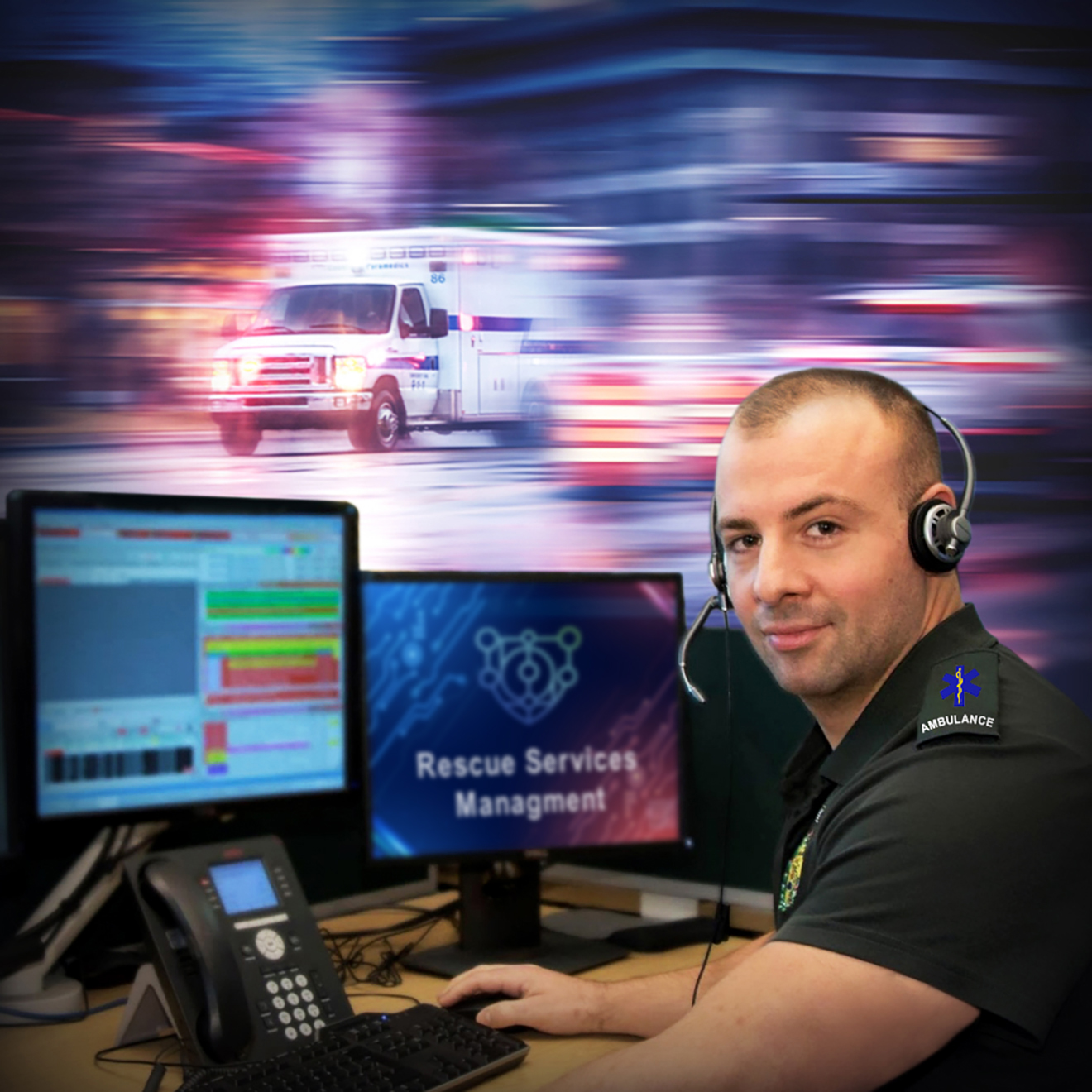
Tracking of ambulances and other rescue vehicles
Tracking the location of rescue vehicles is one of the main practices of our smart system. Having such a system, the vehicles can be observed lively so that the missions can be assigned to the closest unit. Moreover, the drivers’ commitment to and presence in their specified geofencing area can be determined. In the next few years and the wide-spreading of internet-based security systems, it would be possible for the drivers to notify the rescue services about the need-to-help and the location, using only one S.O.S button, once a car accident happens. Also, the Artificial Intelligence of the system may be set to send these information to their preferred destination once it detects emergency situation based on the intensity of sensors’ data. In such cases, the integrated system may help minimizing the arrival time of the required forces to the accident’s location and enhance the victims’ survival chance.
Setting optimized location of the vehicles and the waiting time for each area
Using the location data of the rescue vehicles and the historical records of accident and help requests, the AI can calculate and suggest the optimized location of each vehicle. Usually, the location setting for the stations of such services may have done via static optimization methods and stay in the same place for a long time. However, the AI of the system provides dynamic optimization of locations for the mobile, patrol or temporary units. This system takes some parameters into account such as request records, minimum and maximum of waiting time for patient or victim, traffic predictions, cost, etc. as decision criteria and present the results as suggestions. Therefore, the performance indicators of the rescue service will enhance as well as the survival chance of the victims.
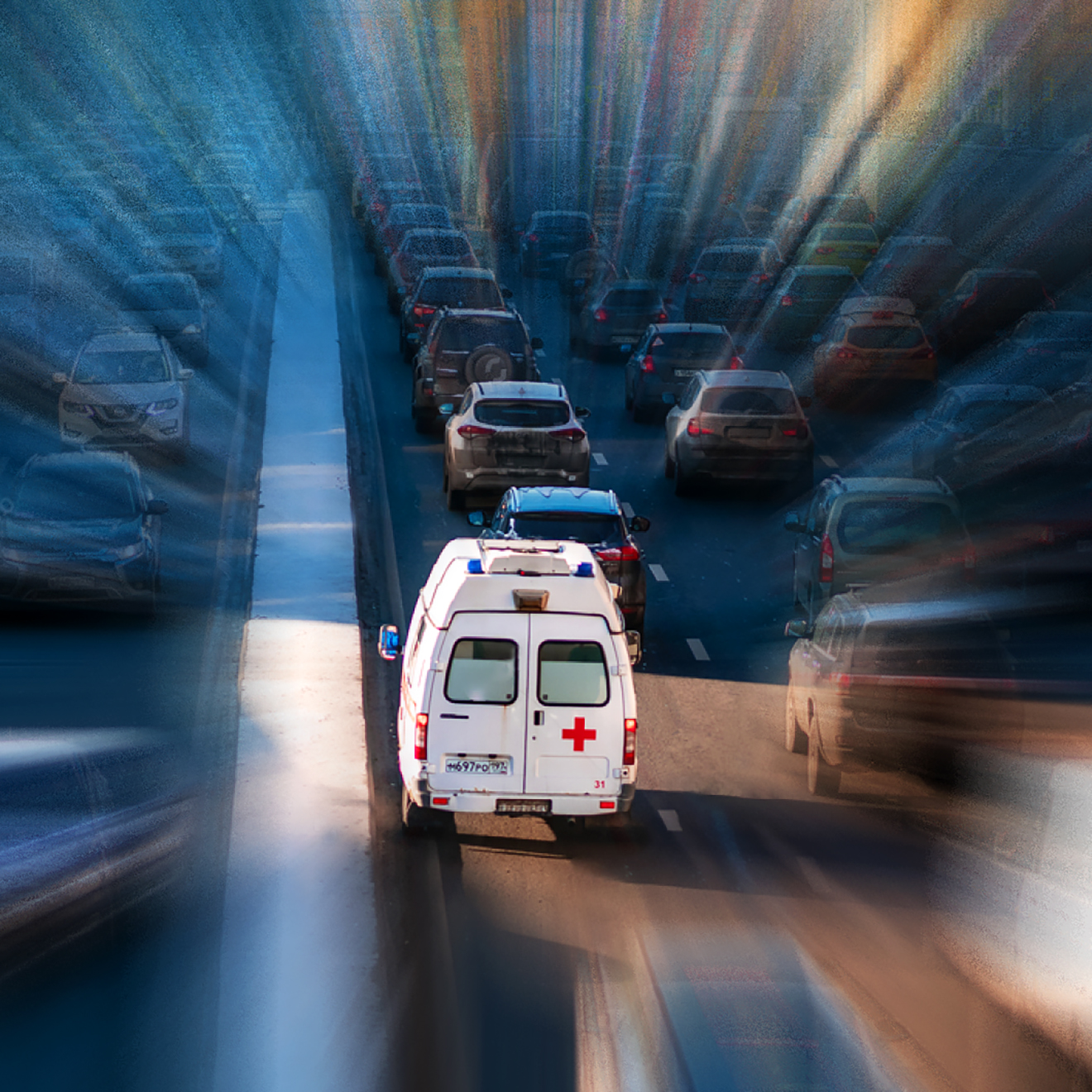
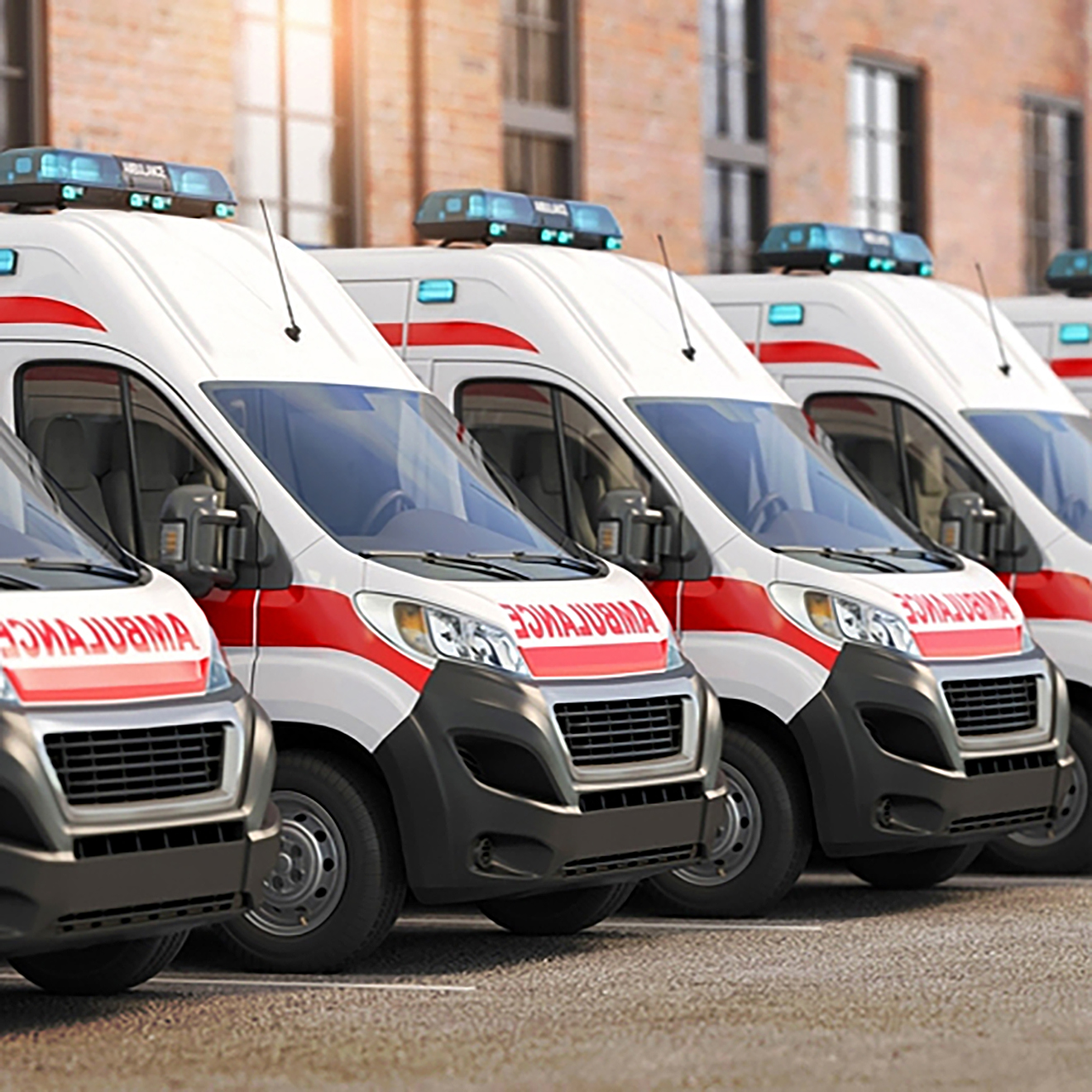
Mission and workflow management of the rescue vehicles
Same as the other fleets, mission assignment and workflow management would be possible through the smart portal so that the managers and the drivers become aware of the status of each new or ongoing task, instantly. Based on the real-time location data and AI processing would suggest some advices about the mission assignments optimization. Additionally, in the case of an emergency event, the evidence report may be a digital file instead of paperwork so that it can be reached and proceeded by all the present rescue forces and the stakeholders. If it is necessary, all of these digital evidences can be gathered in a central portal and make its process available to the stakeholders of the event.
Limitation of use through authentication of the driver
One of the biggest issues in the rescue services or even other organizational vehicles, is conditionalization of the use to the user authentication. In addition to avoiding personal use, this matter is important for readiness of the forces in case of emergency. Arshin’s smart fleet management system enable the vehicles to prevent start unless the driver’s identity authenticates via face detection, sound detection, fingerprint check, or RFID card. Also, the system can record the data of authentication attempts or the use of each user, and provide it to the stakeholders, if necessary.

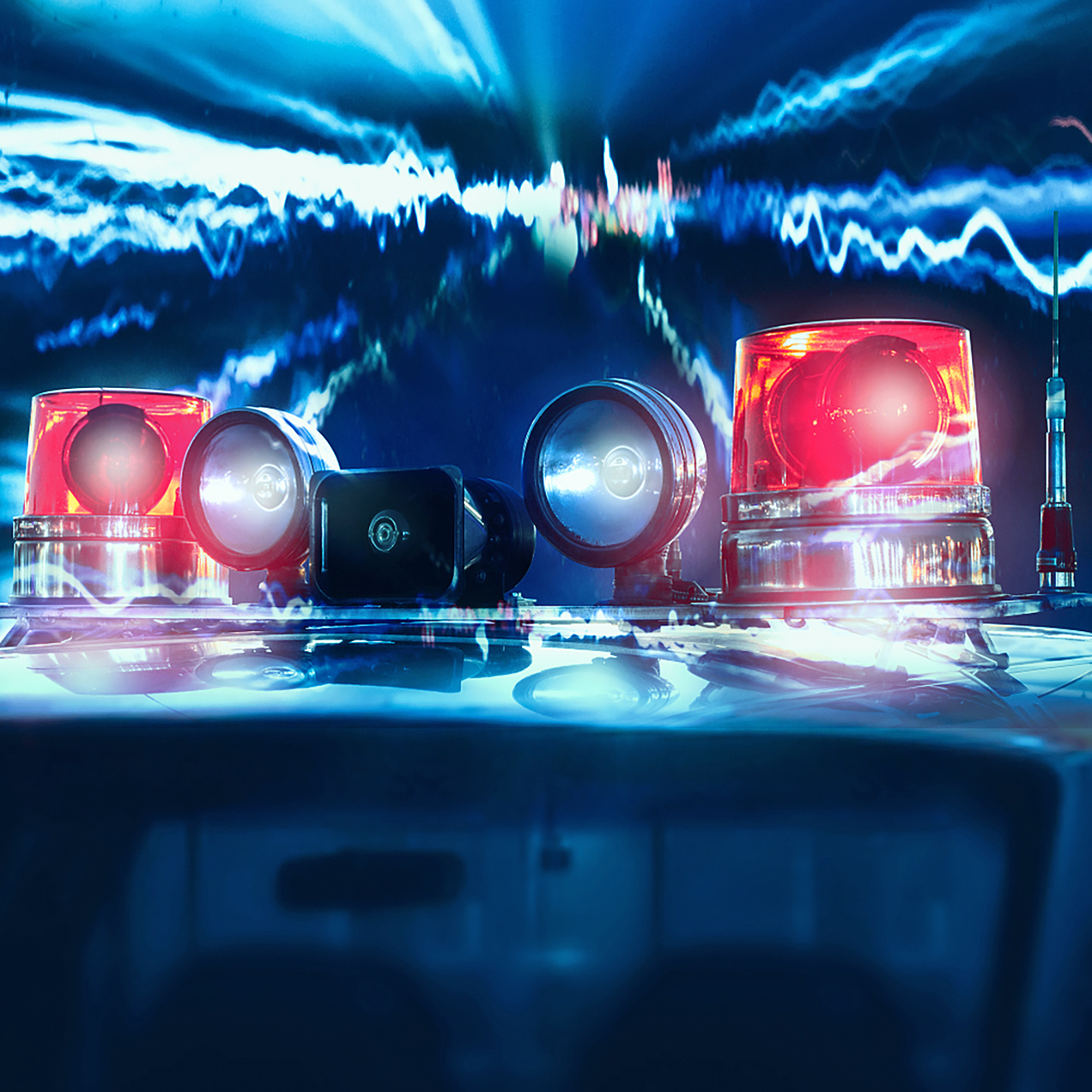
Siren permission management
When the missions are assigned and the reports of them should be assigned through the system, many abilities can be designed based on that. For example, activation of the siren of ambulances or other cars of rescue services can become directly in command of central headquarter, or let the driver activate it only when they are in a mission. Furthermore, the ability of siren activation can be automatically enabled or disabled based on daily time, certain locations, car’s speed, etc. In addition to avoid unnecessary or unrelated-to-mission use of the siren or any other kind of emergency alarm, this ability enables the headquarters to monitor the time, rout, reason and the responsible user for the siren activation and reduce violations or misuses.
Monitoring the emergency facilities and considering their status in mission assignment
Besides the mentioned features, monitoring of the facilities inside the ambulances or other rescue vehicles can be done through this system. Hence, the central headquarter would be aware of the technical capabilities of each unit as well as its location. Using such data, the Artificial Intelligence of the system can help the managers to analyze the required facilities based on the type of accident, and assign the task to the closest unit which certainly contains the necessary amount of them. Obviously, if the conditions and status of the facilities are the same for all the vehicles, each one of them can be picked to assign. Nevertheless, if some of the facilities include consuming material, or the victims requires special treatment which are only exist in limited vehicles, the online monitoring of facilities may help the rescues to manage their workload and improve the performance of their fleet.
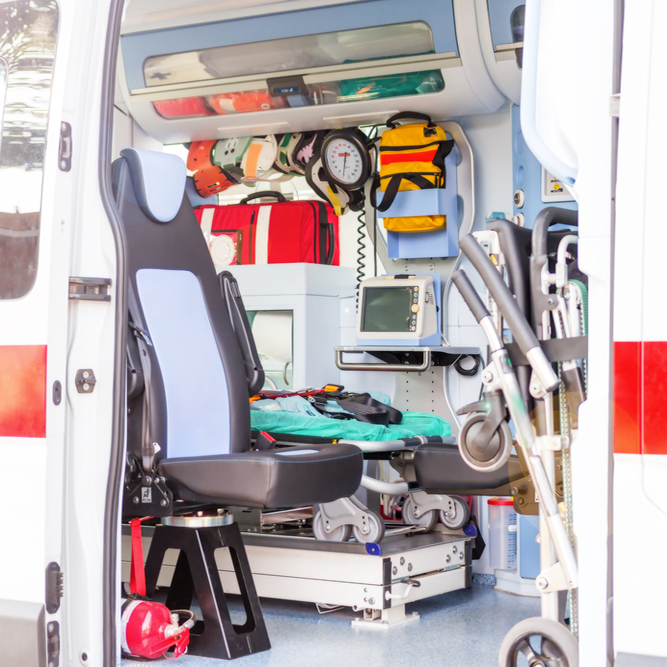
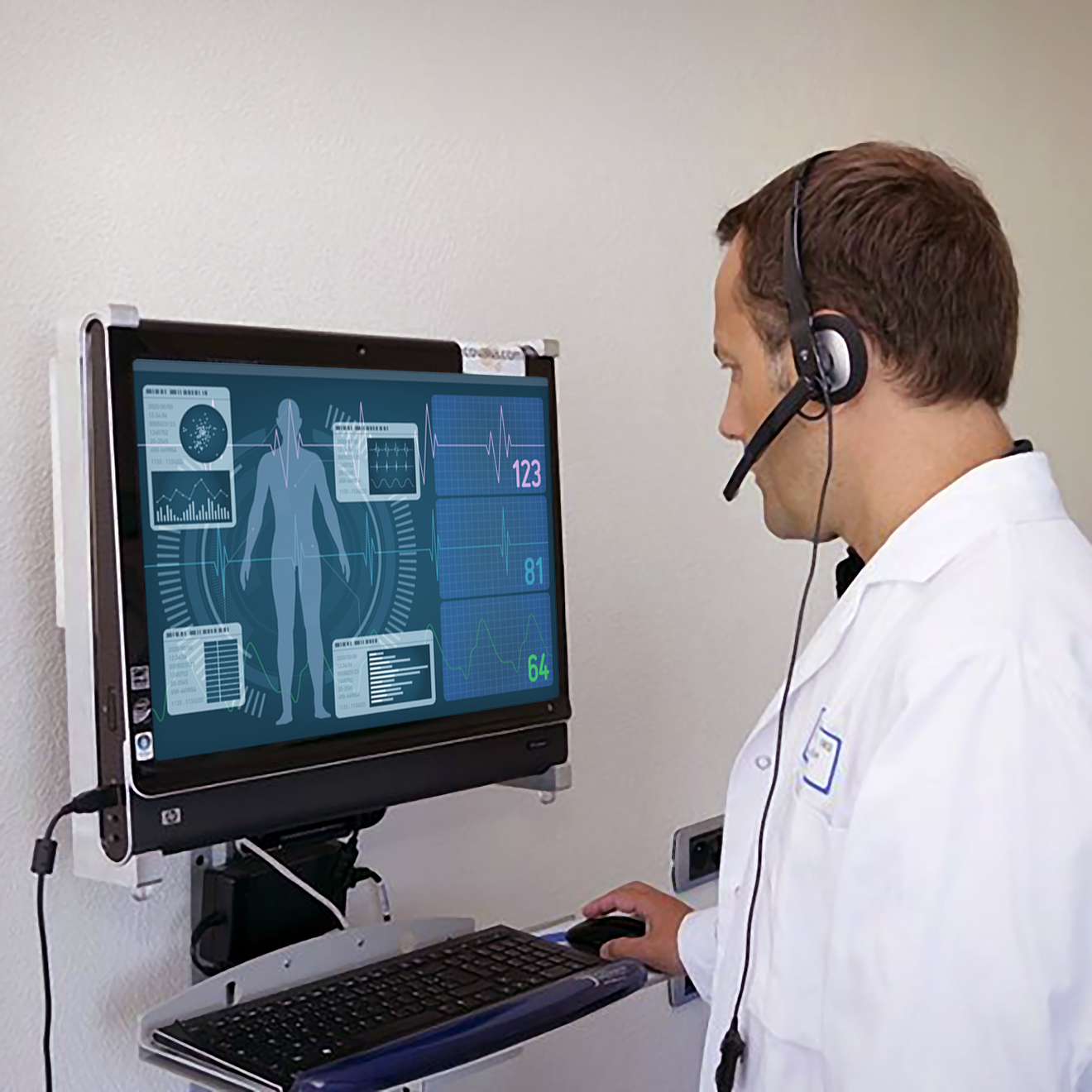
Online monitoring of victims’ vital signs in ambulance
When a victim or patient enters an ambulance, the first aid treatment and investigation start, in the way to hospital, to determine the damage type and conditions. Arshin’s smart system can be connected to the checking devices to get, record, send or display online the status of the patient’s vital signs or the medical treatment applied. In the long term and provided that enough medical data can be gathered, AI of the system may help the emergency staff to prioritize the potential treatments based on the injury type, damage intensity and the online records of medical history and underlying diseases of the individual. Such information can be directly shared with the destination medical center or hospital so that the medical staff become aware of the situation and hasten the following processes. Furthermore, in case of discretion, a page can be designed for the patient’s family or companions so that they can see the vital signs and follow the treatment process online through the portal.
